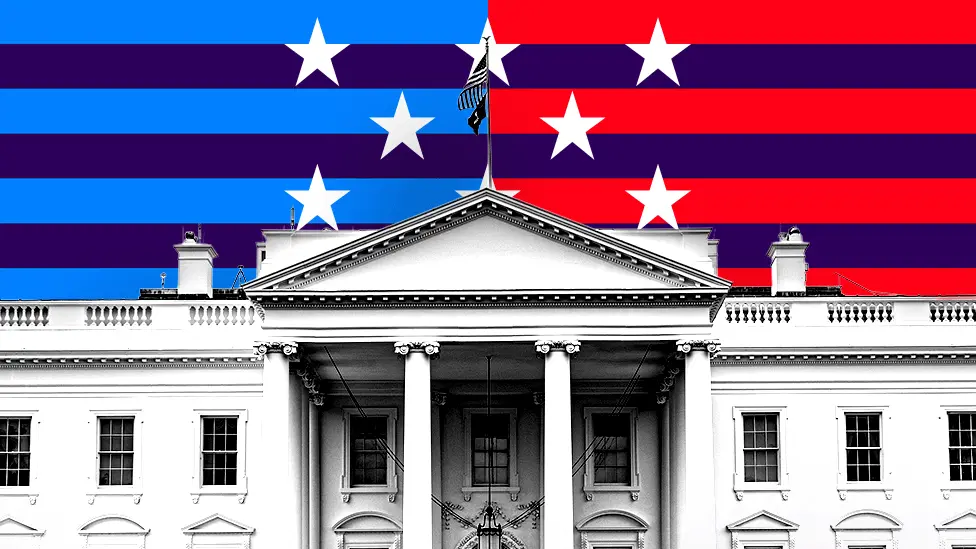

In recent years, diversity initiatives across various sectors have sparked significant debate, particularly in industries where precision, training, and competency are paramount. The Federal Aviation Administration’s (FAA) hiring practices for air traffic controllers have become a focal point in this debate, following changes made during the Obama administration. These changes shifted the hiring process from relying heavily on FAA-approved university programs to a broader ‘off the street’ recruitment model, with diversity becoming a significant criterion. While diversity as a principle can lead to a more inclusive workforce, the shift has raised concerns about fairness, competency, and safety in one of the most demanding fields of public service.
Under previous administrations, FAA-approved university programs, such as the Collegiate Training Initiative (CTI), served as the primary pipeline for hiring air traffic controllers. Graduates from these programs underwent rigorous training and testing to prepare for the complexities of managing national airspace. However, during the Obama administration, the FAA introduced changes that de-emphasized these programs, opting instead for a broader hiring pool. The intention was to increase workforce diversity, with the belief that representation across different demographics would enrich the workplace. While this may seem like a positive move in terms of inclusivity, the consequences have been more complex than initially anticipated.
"Diversifying the skies sounds good in principle, but at what cost? In industries where precision is critical, the balance between competency and diversity must be navigated with extreme care."
The sidelining of CTI graduates as part of the FAA's hiring overhaul has not gone unnoticed. These graduates, having invested time and resources into a highly specialized field, found themselves being passed over in favor of candidates from the broader, less trained applicant pool. In response, a class-action lawsuit was filed by CTI students, alleging that the FAA's new hiring practices were not only unfair but also discriminatory against those who had taken the traditional path to becoming air traffic controllers. The lawsuit has uncovered questionable practices in the FAA’s hiring process, raising alarms about both the fairness of the system and the potential risks to air traffic safety.
The plaintiffs in the lawsuit argue that the FAA, in its pursuit of diversity, has compromised on the quality of candidates it hires. Critics of the new policy point out that the rigorous training provided by FAA-approved programs is essential in ensuring controllers are adequately prepared for the high-stakes environment they will be working in. By shifting to a hiring model that prioritizes diversity over specialized training, the FAA is seen as putting political correctness above public safety.
This controversy is not without precedent in other sectors. UCLA’s medical school has faced similar scrutiny for admitting students partly based on race—a practice that has been legally questionable since California outlawed race-based admissions in public schools in 1996. Although the desire to diversify is understandable in theory, the practice of doing so by bypassing merit-based systems is inherently problematic. In both the FAA and UCLA cases, the tension between diversity initiatives and meritocracy has led to significant legal and ethical challenges. When industries such as aviation and medicine—where lives are literally at stake—start prioritizing diversity at the expense of competency, the potential consequences can be far-reaching.
The underlying issue at the heart of the FAA’s hiring shift is one that many industries face today: how to balance the goals of diversity with the need for highly qualified professionals. Critics argue that diversity should not come at the cost of lowering standards, particularly in fields like air traffic control, where the margin for error is extraordinarily small. The concept of meritocracy—where the most qualified individuals are given positions based on their abilities—has traditionally been seen as the fairest and safest way to ensure excellence in critical industries.
However, proponents of the FAA’s new approach contend that inclusivity and merit are not mutually exclusive. They argue that by expanding the hiring pool, the FAA can discover talented individuals who may not have had access to traditional pathways like the CTI programs. Yet, the question remains: how can the FAA ensure that diversity doesn’t come at the expense of quality? It’s a question that continues to fuel debate both within the agency and in broader public discourse.
As the lawsuit against the FAA continues, the outcome may set important precedents for how diversity initiatives are implemented in high-stakes industries. The controversy surrounding the FAA’s hiring practices underscores a larger societal debate about the role of diversity in merit-based systems. While inclusivity remains a valuable goal, particularly in government institutions, the execution of these initiatives must be approached with caution. In the case of air traffic control, where the safety of millions of passengers depends on the competency of the workforce, the stakes are simply too high to compromise.
The FAA’s challenge moving forward will be to find a balance that maintains the highest standards of competency while still opening the door to a more diverse workforce. It is a balancing act that will undoubtedly require careful consideration, introspection, and potentially, further legal scrutiny. Much like the ongoing debates about diversity in higher education and other industries, the FAA’s experience serves as a reminder that when it comes to public safety, there are no easy solutions.